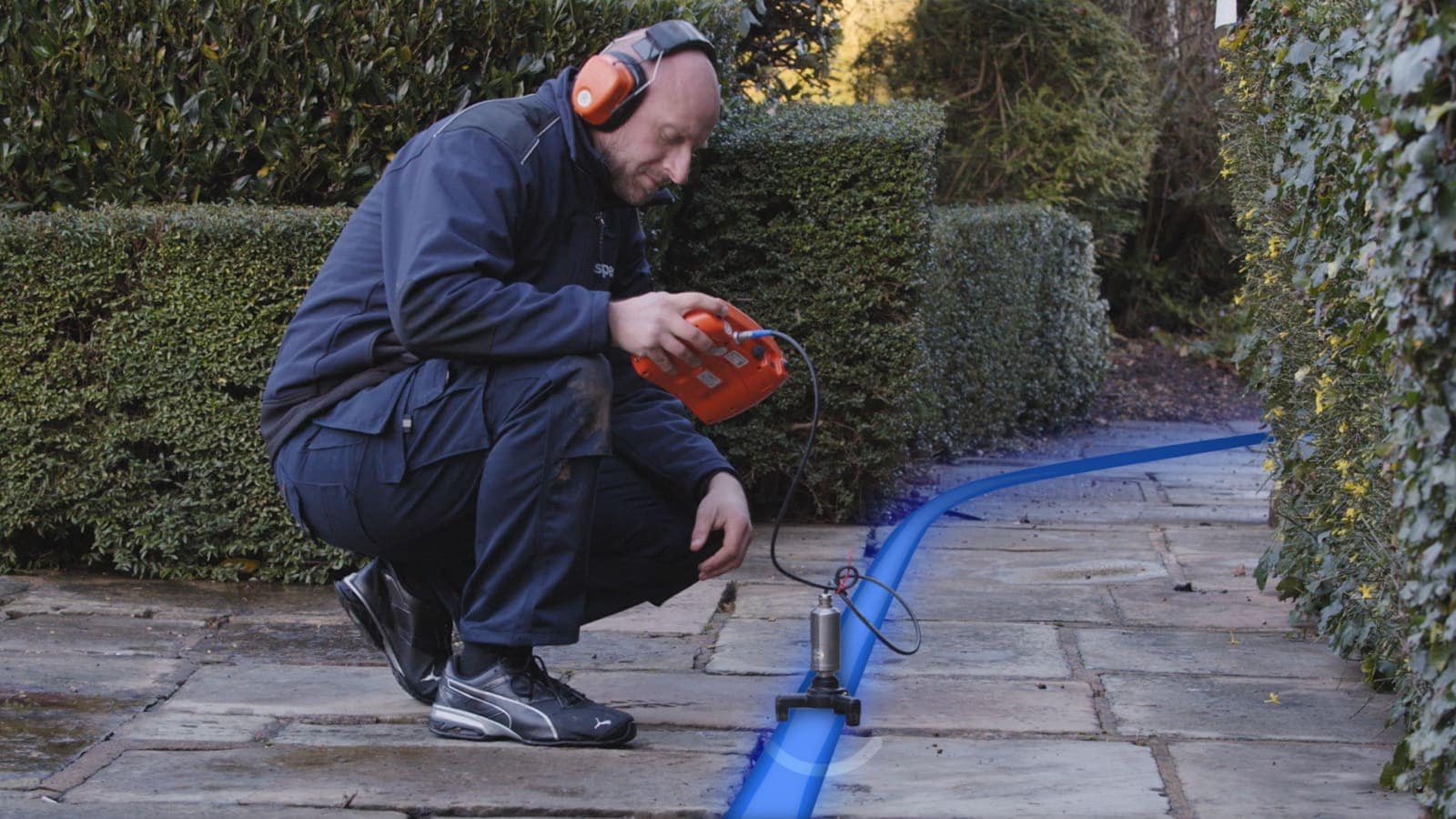Protect Against Major Issues with Early Water Leak Detection and Trigger Services
Protect Against Major Issues with Early Water Leak Detection and Trigger Services
Blog Article
Ingenious Solutions for Very Early Discovery of Water Leakages in Buildings and Framework
From innovative leakage discovery modern technologies to the release of IoT sensing units for real-time monitoring, the landscape of leak avoidance is advancing quickly. Automated water circulation analysis systems are improving how leaks are recognized and attended to, leading the means for a positive technique to water leak discovery.
Advanced Leak Discovery Technologies
Advanced leak detection modern technologies, geared up with sophisticated sensors and algorithms, play a critical function in quickly recognizing and determining water leaks in different setups. These innovations use a combination of acoustic, thermal, and electro-magnetic sensing approaches to spot leakages properly. Acoustic sensors discover the audio of running away water, permitting for exact localization of the leak source. Thermal imaging identifies temperature level changes caused by water leakage, giving one more effective approach for leak identification. Electromagnetic sensing units can determine adjustments in magnetic fields caused by water, offering yet an additional layer of leak detection capability.

IoT Sensors for Real-Time Monitoring
In the world of modern water leak detection, the integration of IoT sensing units for real-time monitoring represents a critical development in improving aggressive leakage discovery abilities. These sensing units offer continuous tracking of water supply, providing real-time data on water flow rates, stress variants, and temperature adjustments. By leveraging IoT modern technology, these sensing units can spot even the smallest abnormalities in water usage patterns, enabling early recognition of potential leaks before they rise right into significant concerns.
IoT sensors send information to a central system, where innovative algorithms assess the information and create alerts or notifications when abnormalities are discovered. This real-time surveillance ability enables homeowner or center managers to without delay deal with leakages, reducing water damage, decreasing repair service expenses, and conserving water resources.
Moreover, IoT sensing units can be incorporated with building management systems, permitting for automatic reactions to discovered leaks, such as closing off water valves or triggering pumps to reduce the impact of leakages. Generally, the application of IoT sensing units for real-time monitoring substantially site web enhances the performance and see this efficiency of water leak discovery in structures and infrastructure.
Machine Learning Algorithms for Leak Prediction

One key advantage of utilizing device knowing for leakage prediction is its ability to continuously learn and boost its precision in time. As more data is collected and fed into the formula, it can improve its forecasts and adjust to changing problems, inevitably increasing the integrity of leak discovery systems.
Furthermore, artificial intelligence algorithms can help in identifying subtle indications of leaks that may go unnoticed by conventional surveillance methods. water leak detection. By examining complicated data sets in real-time, these algorithms can provide very early cautions and alerts, allowing for punctual treatment and preventive maintenance to reduce possible water damages and associated prices
Using Thermal Imaging for Leak Detection
Thermal imaging modern technology supplies an appealing approach for detecting water leaks in different systems and check my blog frameworks. By utilizing infrared radiation and temperature level differences, thermal imaging electronic cameras can recognize concealed leakages that are not easily visible to the naked eye.
One of the vital benefits of thermal imaging for leak discovery is its non-intrusive nature. Unlike typical methods that may call for burglarizing walls or floorings to situate leaks, thermal imaging permits for non-destructive testing. This not just conserves time and minimizes costs but also decreases disruption to the structure or facilities being analyzed. Furthermore, thermal imaging can rapidly check big areas, giving an extensive review of prospective leak sources in a timely manner. In general, making use of thermal imaging modern technology boosts the efficiency and accuracy of water leak detection, making it a beneficial tool for preserving the stability of buildings and frameworks.
Automated Water Flow Evaluation Systems
Exactly how can automated water circulation analysis systems reinvent the detection and administration of leaks in numerous systems and frameworks? Automated water flow evaluation systems use a proactive strategy to leakage discovery by constantly checking water circulation rates and patterns. By developing standard data, these systems can promptly recognize inconsistencies that may show a leakage, enabling timely treatment to stop considerable damage.
These systems utilize sophisticated algorithms to evaluate real-time data and offer immediate notifies when anomalies are found, permitting for quick action to be taken. Additionally, automatic water flow analysis systems can be integrated with building monitoring systems or IoT platforms, improving general effectiveness and allowing remote tracking capabilities.
Furthermore, the information collected by these systems can be utilized for predictive maintenance purposes, assisting to recognize possible weak factors in the framework before leakages take place. In general, the implementation of computerized water circulation analysis systems can substantially boost leakage detection and monitoring methods, ultimately causing set you back savings, lowered water waste, and increased sustainability in structures and framework.

Conclusion
In verdict, the combination of sophisticated leak detection innovations, IoT sensors, equipment discovering algorithms, thermal imaging, and automated water circulation analysis systems offers cutting-edge services for early detection of water leaks in structures and facilities. These technologies allow real-time tracking, prediction of leaks, and efficient detection techniques to stop water damages and wastefulness. Applying these services can assist in keeping the integrity and sustainability of water supply in numerous settings.
Report this page